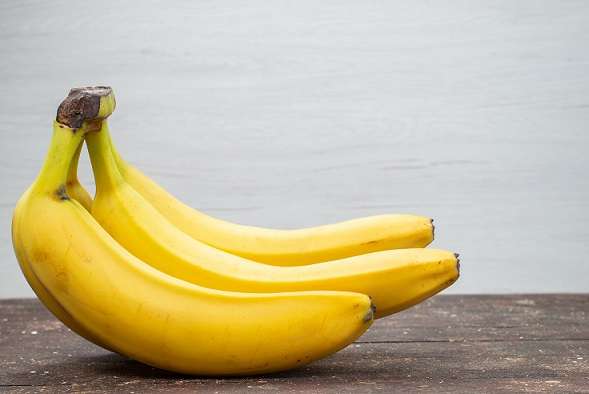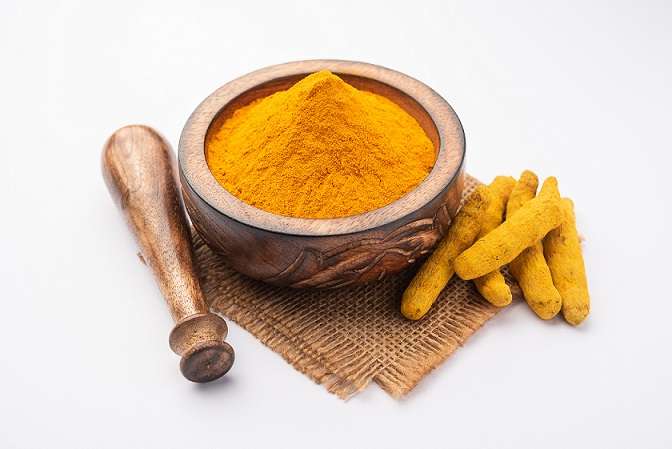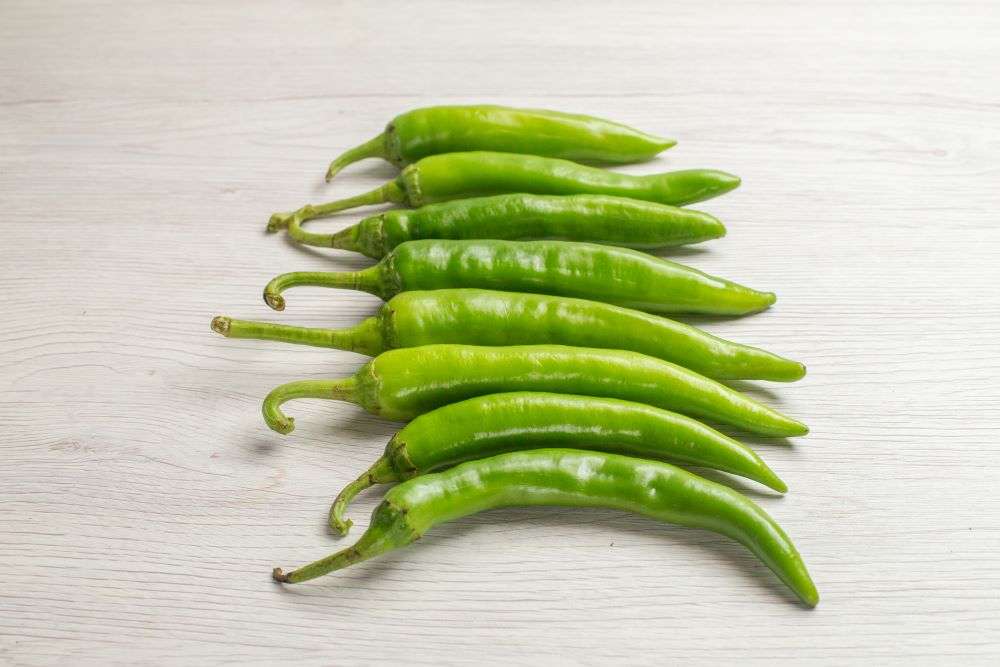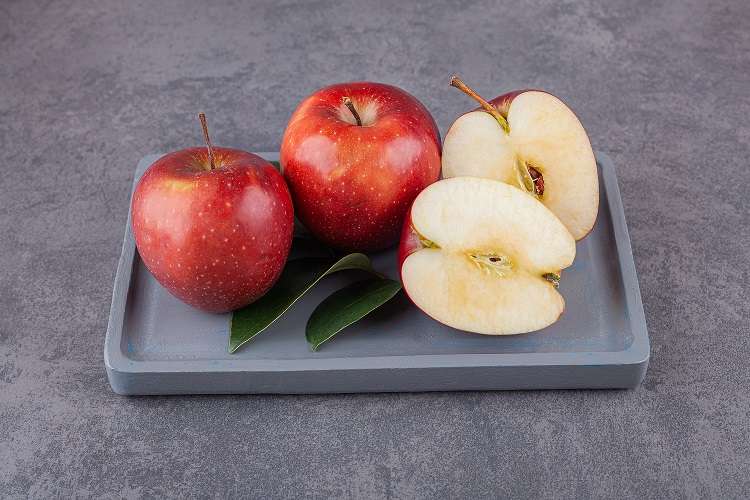The banana, a fruit so common we often take it for granted, is a powerhouse of nutrition, a versatile culinary ingredient, and a crucial cash crop for millions worldwide. From its sweet, creamy flesh to its remarkable journey from farm to plate, the banana’s story is far more complex and fascinating than meets the eye.
A Tropical Marvel: Understanding Banana Cultivation
Bananas are the fruit of herbaceous flowering plants in the genus Musa, native to tropical regions of Southeast Asia. Unlike tree fruits, the banana plant is actually the world’s largest herb. Thriving in warm, humid climates with ample rainfall and well-drained soil, these plants are incredibly productive.
Cultivation Insights:
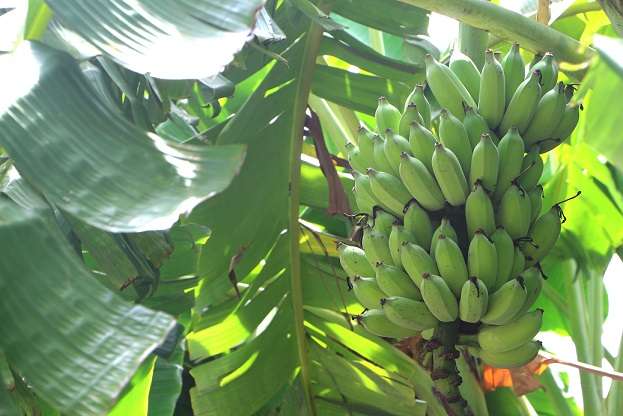
- Planting: Bananas are typically propagated vegetatively using “suckers” or “pups” – shoots that emerge from the base of the mother plant. These are planted in carefully prepared fields.
- Growth Cycle: A banana plant takes approximately 9-12 months to produce its first bunch of fruit. After harvest, the mother plant is cut down, and a new sucker is allowed to grow from the rhizome, continuing the cycle.
- Nutrient Needs: Bananas are heavy feeders, requiring significant amounts of potassium, nitrogen, and phosphorus for optimal growth and fruit development.
- Pest and Disease Management: Like any agricultural crop, bananas are susceptible to various pests and diseases, such as Fusarium wilt (Panama disease) and Black Sigatoka, which pose significant challenges to growers globally. Sustainable farming practices and disease-resistant varieties are crucial for maintaining healthy plantations.
The Sweet Spot: Banana Harvest Seasons
While bananas are available year-round in most supermarkets due to global supply chains, their harvest is distinctly seasonal in individual growing regions.
In India, a major banana producer, the peak harvesting seasons generally occur:
- Main Season: October to February
- Off-Season: June to September (though some varieties are harvested during this period, yields may be lower)
The timing depends on the specific variety, local climate, and planting schedule. Bananas are typically harvested when they are still green but fully mature. This allows them to withstand transportation and ripen optimally after reaching their destination, often aided by controlled ethylene gas exposure.
India’s Banana Boom: A Growing Export Powerhouse
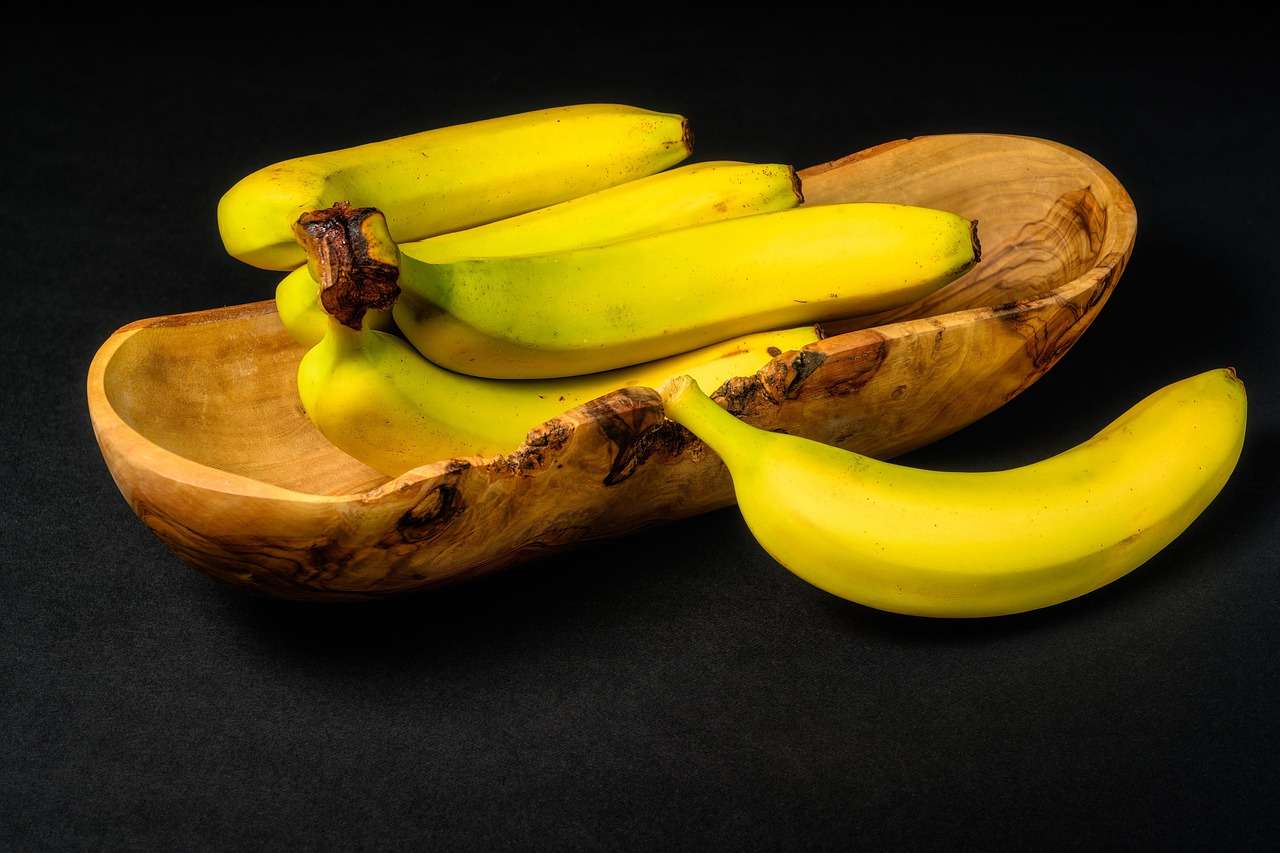
India is not only the world’s largest producer of bananas but is increasingly making its mark on the international export market. The country boasts a diverse range of banana varieties, from the widely consumed Cavendish to local favorites like Poovan, Nendran, and Robusta. Advances in cold chain logistics, packaging, and quality control have paved the way for India to become a significant player in the global banana trade.
India’s Banana Exports Rise Sharply with New Growth Plans
India’s banana exports are witnessing strong growth, driven by better infrastructure and new global markets. According to APEDA, India exported bananas worth over USD 375 million in FY 2025, marking a major rise from previous years.
To further boost exports, the government and private sector are developing banana export hubs in Jalgaon, Solapur, and Anantapur, with modern packhouses, cold storage, and sea-freight facilities. This move aims to cut costs and improve freshness during long shipments.
Despite being the world’s largest banana producer, India currently contributes only around 1% of global exports — a gap the country aims to close soon. With improved logistics and trade initiatives, India is targeting the USD 1 billion export mark in the next few years.
– Fresh Plaza
A Culinary Chameleon and Nutritional Powerhouse
Beyond their economic significance, bananas are a nutritional goldmine. Rich in potassium, Vitamin C, Vitamin B6, and dietary fiber, they are an excellent source of quick energy and contribute to heart health, digestion, and immune function.
Their culinary applications are equally diverse:
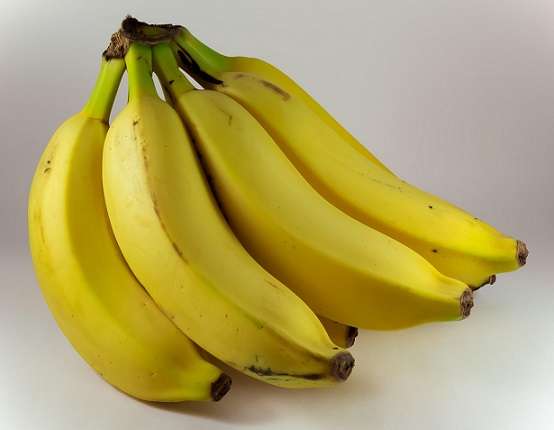
- Fresh Snacking: The most common way to enjoy a banana.
- Smoothies and Shakes: Blends beautifully with other fruits and ingredients.
- Desserts: Banana bread, puddings, pies, and even “nice cream” (blended frozen bananas).
- Savory Dishes: In many cultures, unripe green bananas are cooked as a vegetable in curries, stews, and fries.
- Plantains: A starchy cousin of the sweet banana, plantains are a staple in many tropical cuisines, always cooked before consumption.
Indo Foods Export: Bringing India’s Best to the World
Companies like Indo Foods Export are at the forefront of this global movement, dedicated to sourcing the finest bananas from Indian farms and delivering them to consumers worldwide. With a commitment to quality, freshness, and sustainable practices, Indo Foods Export plays a vital role in connecting Indian farmers with international markets, ensuring that the delicious and nutritious bounty of India’s banana plantations reaches tables across the globe. By adhering to stringent international standards and employing efficient logistics, Indo Foods Export not only boosts the Indian agricultural economy but also makes the humble, yet mighty, banana a truly global fruit.
Whether enjoyed as a quick snack, blended into a healthy smoothie, or forming the base of a delicious meal, the banana continues to be a fruit of immense importance, a testament to tropical agriculture and global trade.

